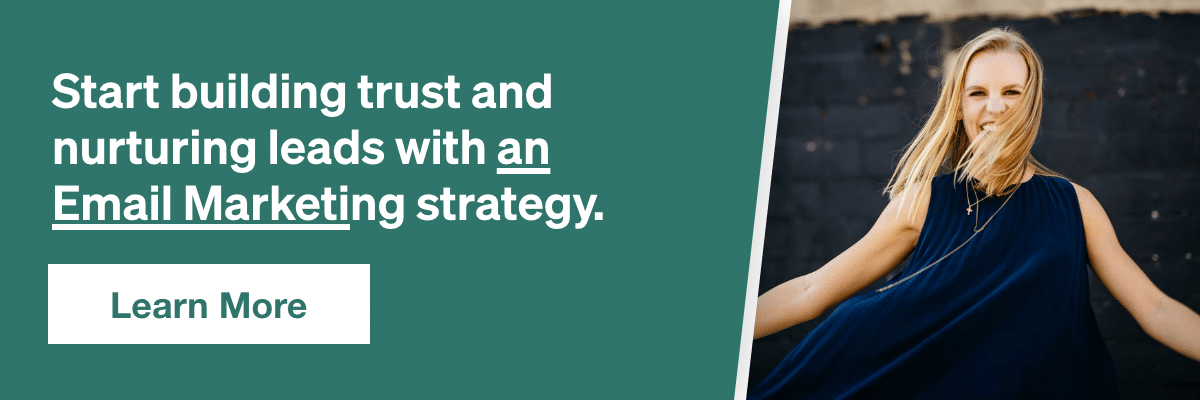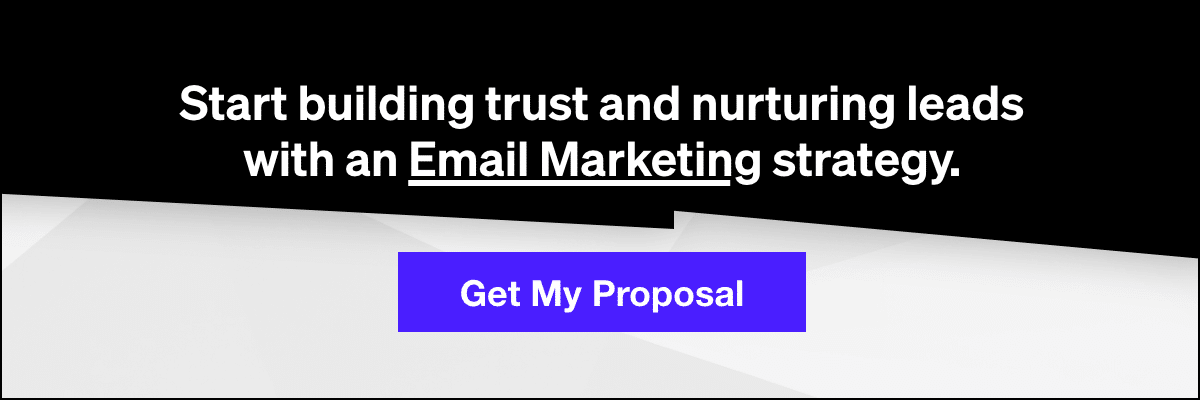Email Marketing 101: What is a Nurture Campaign?
A nurture campaign, also known as lead nurturing, is a marketing discipline that focuses on, wait for it, nurturing a relationship between the customer and brand. If you speak marketing then you have heard the new age term ‘inbound marketing,’ which refers to focusing closely on leads that are already engaging in the next step with your company or industry. Rather than looking externally to drive people in, a lead nurture program outlined by a marketing team focuses people that are already here but not ready to buy (or convinced they should).
A nurture campaign is a form of building a relationship with an already existing lead. In short: once a visitor is browsing your website then an alert is generated, data is collected, and a strategy is created by the marketing team. In which case a nurture campaign is most certainly audience-specific and in some cases user-specific.
One of the key principles of a nurture campaign is that instead of selling, you’re conversing. This person is already engaging with your brand so it’s a tactic that is less abrasive, more personal, and less sales-like. The campaign strategy will focus on staying relevant to the potential customer by offering them information they can use (that is specific to where and what they are looking at within the platform) and ultimately guide them to a sale.
An example of this type of marketing campaign would be that a person visits a fitness website and browses specifically in the diet section. The lead generates an alert and ten days later an email with a webinar specific to that dietary plan is sent out. The lead then watches the webinar, which prompts another email guiding them to a page on the website which offers a fantastic meal plan.
There’s no real CTA here, nor is there any sense of urgency with this type of marketing campaign. It is a dialogue between consumer and brand, where the brand is saying: let’s see if we can accommodate what you’re looking for. This is where the ‘nurturing’ comes from, as you’re guiding someone along the road to conversion without them explicitly knowing it (unless they study marketing, of course).
How Do You Launch A Nurture Campaign?
A nurture campaign always starts with lead scoring. Lead scoring is a tactic used to identify where a visitor is within the company’s buying model and how they are engaging with the brand. With these qualified leads and data, marketers can then determine the best line of communication to establish between company and visitor, and employ their nurture campaign accordingly.
If a company is experiencing lots of lead generation, then these lead scores will result in segmented visitors, where strategies will be employed to entire groups. Every company and brand has a unique and product/service-specific lead scoring strategy but generally there are three criterions.
Is This The Right Person?
First, you need to discover whether or not the lead falls within your target audience. This of course relates to demographic. Furthermore, you then need to decide whether or not your lead is capable of making a purchase (both with decision making and budget) and if your product/service is actually of use to them.
What Is The Level Of Interest?
It is important to note the difference between a lead that landed on your page and then bounced, versus one that interacts with the brand and remains engaged. 80% of leads never buy. This means more often than not something piqued their interest but ultimately they’re not there for the product or service. The level of interest directly affects the timing and tactics employed via the nurture campaign. It is perhaps the most integral part of lead scoring (within lead nurturing).
Are They Just There For Your Content?
Sometimes content is of such quality that while a lead may seem promising, really they’re just there to experience your brand’s online interface. If they aren’t registering for anything, watching webinars, subscribing, and so forth, yet clicking through all of your videos and blog posts then they’ll have lower value than those who are. Even someone that does not spend as much time on the website yet engages more deeply in what the company is offering will take precedence over someone that spends all day searching through written-content.
Now Comes The Communication
Once the lead scoring process is finished, a line of dialogue will need to be opened. Here, it is generally agreed that relevant content remains to be king. From blogs, well-placed article, infographics, videos, or webinars, your audience is looking for answers and they want to be engaged when they come. Usually, once the lead is identified and categorized, marketers turn to email.
E-marketing remains to be a fantastic tool for digital marketers and can have a massive impact on ROI if done correctly. Once the lead is scored, marketers will then send out an email tailored towards their unique engagement with your brand. This email will usually present a piece (or a link to) of content that aligns with their experience. As stated before with the fitness company example, it could be anything from a link to a certain facet of the website, a video saved specifically for lead nurturing campaign purposes, or anything that could further prompt the lead to buy.
This initial email always offers something of value (if done correctly) rather than a sales pitch. This is why having an inventory of content in place before lead scoring is a great idea. As you begin to establish the answers your leads are seeking then you can present them with what feels like ‘personalized’ content.
Ultimately, this email is the start of a conversation. It is the first time the company tries to nurture their qualified lead slowly down the sales funnel, hopefully leading to an eventual conversion.
Now It’s Email Scoring Time
Email scoring isn’t really a term used in digital marketing automation but for sake of explanation it makes sense. After these emails are delivered, instead of scoring the leads, marketers then analyze the emails to determine their efficacy. A&B testing works well within each segmented audience, content metrics are a fantastic tool, and timing evaluation is essential. Particularly the latter being that finding the perfect length for the ‘conversation’ you’re having with your qualified lead is the bread and butter of a nurture campaign.
With this data, companies will then try and optimize their campaign to discover what the ‘natural progression’ of their lead nurturing should be. Many times, marketers report that the natural progression and conversion rates of a sale will directly link to the target audiences lead score. And, time and time again, one tactic will work brilliantly on one segment and yet fail miserably on another. This is why nurture campaigns need to be constantly evaluated and optimized as it is one grand game of adaptation.
Related: MailChimp vs. Constant Contact: Comparing the Options
Nurture Campaigns Work
Lead nurturing campaigns can be massively successful with the goal to convert sales leads to real customers. It is a discipline that allows your brand to really take advantage of their own unique voice, creatively stringing along this conversation rather than urgently trying to make a sale. There is more time involved with lead nurturing campaigns, which means there is more room for development and optimization, which helps further the success of the lead nurturing campaign if the marketers are being diligent.
And as time goes on, the lead scoring begins to disperse into distinct segments, and if the marketers discover the best method with the lead nurturing program, then email automation can work autonomously to open these dialogues. In the marketing landscape of today’s world, nurtured leads campaigns are not only high effective, they are important too for any campaign strategy.



















